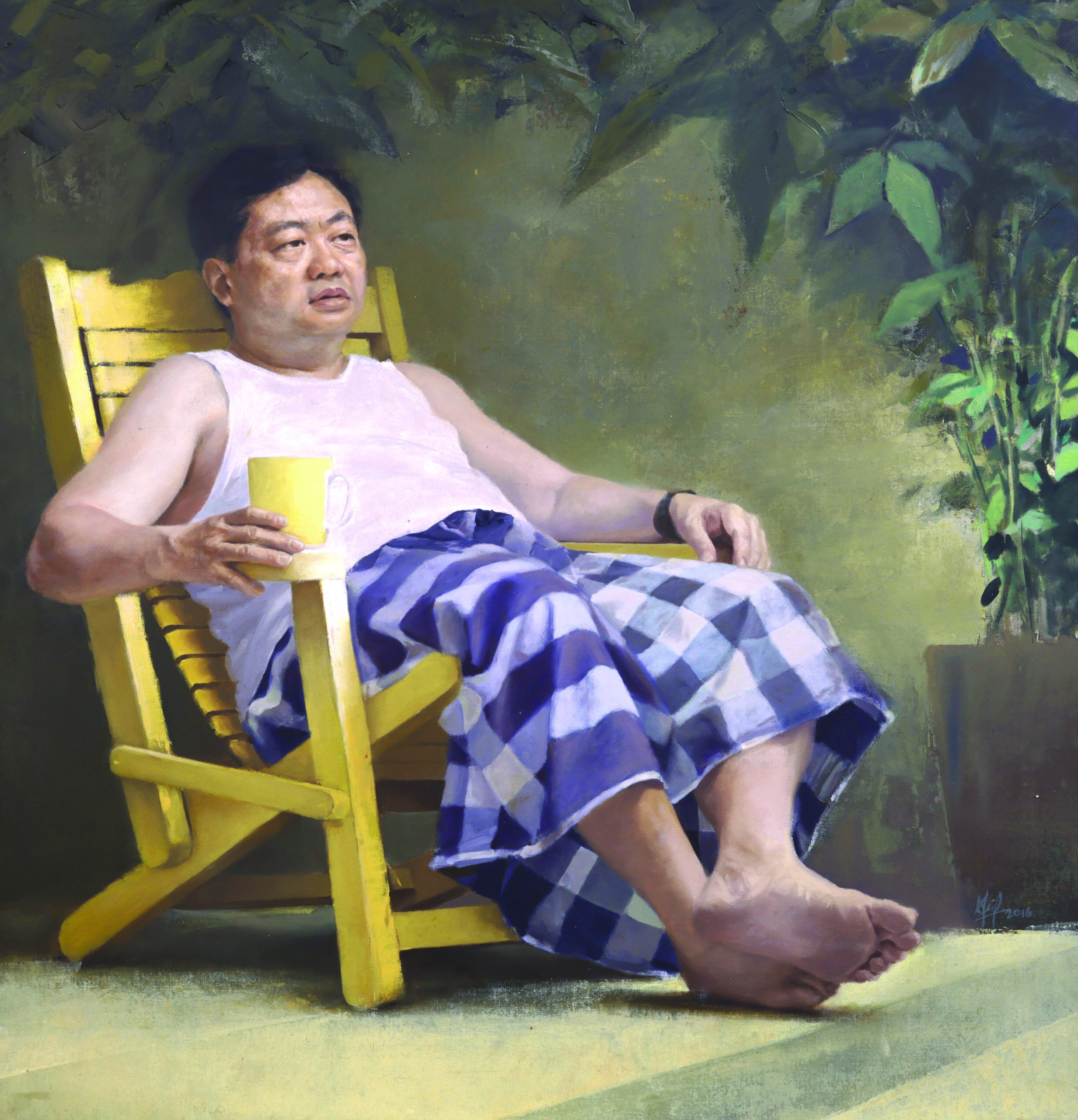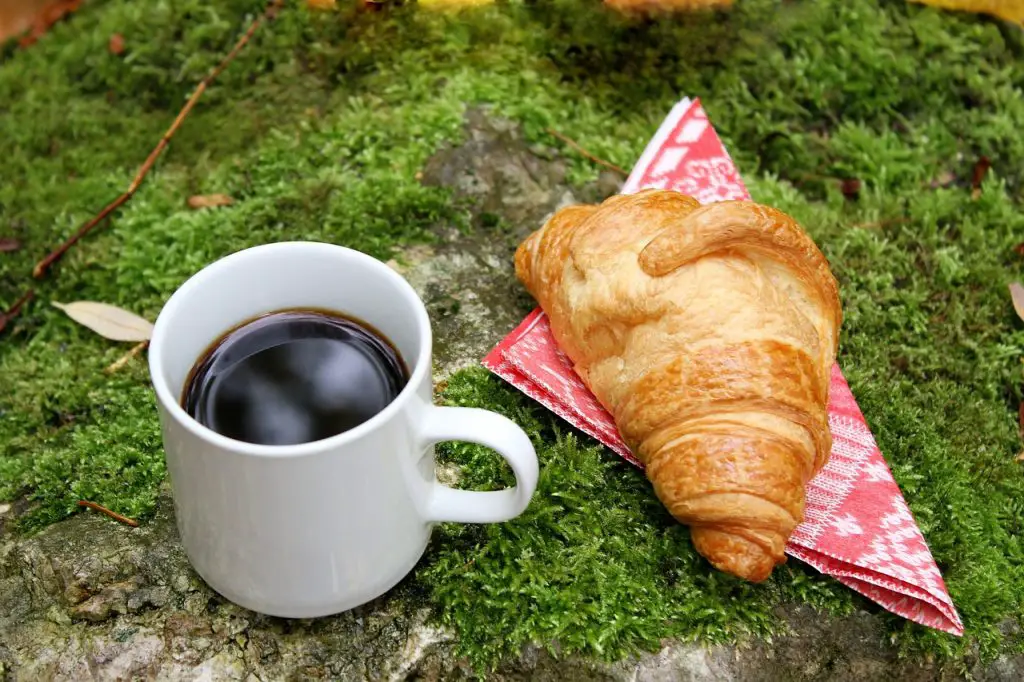Have you planned out your 2018 travel destinations yet?
If not, how about walking the paths of Hollywood stars by visiting beautiful filming locations in Southeast Asia?
Here are the top six scenic Hollywood filming locations to visit in 2018:
1. Palawan, Philippines – The Bourne Legacy

El Nido in Palawan served as one of the filming locations for 2012 American film The Bourne Legacy.
Aaron Cross (Jeremy Renner) and Dr Marta Shearing (Rachel Weisz) were shot riding a boat to El Nido.
It is currently ranked number 4 in Conde Nast Traveller’s list of “20 Most Beautiful Beaches in the World”.
With its white sandy beaches and limestone cliff, that is not a surprise.
Some of it’s best places of interest are Seven Commandos Beach, Simizu Island, Bacuit Bay and Cadlao Island.
2. Khao Phing Kan, Thailand – The Man with the Golden Gun

The names Khao Phing Kan and Ko Ta Pu might not be familiar to most tourists visiting Thailand as most may know them as James Bond Island.
Ko Ta Pu is a 20 metre tall islet located about 40 metres away from Khao Phing Kan.
Before the 1974 James Bond film The Man with the Golden Gun where it served as a hideout for Bond’s antagonist Francisco Scaramanga played by Christopher Lee, the island was relatively unknown.
The island became part of Ao Phang Nga Marine National Park in 1981. Since 1998, tourist boats have not been allowed to get too close to Ko Ta Pu to prevent any more erosion of the base of the limestone islet.
But that doesn’t mean you can’t see it at all: according to Phuket.com, the two best ways to view James Bond Island are from boats or from the small beach on Khao Phing Kan.
Thanks to various factors including shallow water depth, stable warm temperature and rich nutrient supply from mangrove forests; the area is abundant with marine life.
It plays home to organisms such as blue crabs, mud lobsters, black sea cucumbers, brain coral, and striated herons.
3. Angkor, Cambodia – Lara Croft: Tomb Raider

Despite the success of finding a real-life Lara Croft, Angelina Jolie’s 2001 action-adventure film received generally negative reviews.
Angkor may have become the winner in this scenario, however, as it left such a great impression on the screen that more than 2 million tourists visited it in 2013.
Ta Prohm, one of the temples in Angkor was widely associated with the movie. So much so, it was dubbed the ‘Tomb Raider temple’ among tourists.
These 12th century ruins were originally built as a monastery and university by Khmer King Jayavarman VII. Today, one of the distinct features of Ta Prohm that make it a photo-worthy destination are the trees growing out of its hallowed halls.
To top it off, the temple is almost in the same condition it was when it was rediscovered at the end of the 19th century.
Its solemn ambience, intricate wall carvings combined with its jungle surroundings make it one of the most visited temples in Angkor region.
4. Maya Bay, Thailand – The Beach

Maya Bay is one of two shallow bays besides Loh Samah located at Ko Phi Phi Leh island surrounded by 100-metre high limestone rocks. Besides it’s gorgeous beaches, it is also a protected nature reserve under Mu Ko Phi Phi National Park.
Being a protected nature reserve, however, didn’t protect Maya Bay during the filming of The Beach (2000). Although the world was introduced to one of southern Thailand‘s great beauties, filming a Hollywood movie there turned out to do more harm than good for Maya Bay.
In an effort to make Ko Phi Phi Leh more “paradise-like”, 20th Century Fox, the studio behind The Beach (2000) reportedly bulldozed and cleared some sand dunes of native vegetation.
A group of environmentalists filed lawsuits against 20th Century Fox, the forestry department and the Thai agricultural ministry for damaging the ecosystem in the island which they won in 2006.
Regardless of the lawsuit, Maya Bay is still famous among tourists – perhaps too famous – that it has recorded 5,000 visitors taking up the 250 metre long beach in one day. And that was the number recorded during low season.
Maybe the pristine white beach and crystal clear water of Maya Bay are just too irresistible.
5. Bali, Indonesia – Eat Pray Love

Eat Pray Love (2010) starring Julia Roberts was filmed over a number of locations which include New York, Rome, Naples, Delhi, Pataudi and Bali.
In Bali, the film was shot in Ubud, a town surrounded by rice paddies and in Pecatu, a resort popular for its beaches.
In the film, Roberts was shot riding a bicycle through rice fields and swimming in Padang-padang beach in Pecatu.
Although not many were happy with the film, from critics to media including a travel blogger who wrote ‘Avoiding Julia Roberts in Ubud, Bali’, the island is lovely to visit.
Many are sold for its lush green paddy fields, surf-worthy beaches, colourful corals and unique cultures.
6. Ha Long Bay, Vietnam – Kong: Skull Island

In 1898, a huge sea snake in Ha Long Bay in Quang Ninh Province was sighted by a ship’s sublieutenant named Lagredin and his crew.
The story was even reported on The Hai Phong News, a French newspaper.
One century later, another creature emerged in the bay, a 104-foot-tall ape named King Kong in the movie Kong: Skull Island (2017).
The film was also shot in two other provinces in northern Vietnam, namely Quang Binh and Ninh Binh provinces.
The bay has up to 2,000 islets, most of which are limestone.
You might not find a huge sea serpent or a giant ape but it is home to 14 endemic floral species and 60 faunal species.
Other movies that were shot here were Pan (2015) starring Hugh Jackman as Blackbeard and Life (2017) starring Jake Gyllenhaal.





























































